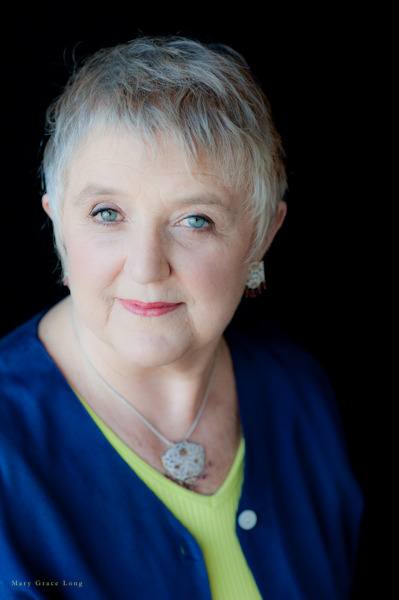by LIZ TAYLOR
None of us gets old overnight. We don’t go from, say, age 60 to age 80 in a day. There are years in between and steps we need to take while we’re healthy that will allow us to age with grace. The first rule: live in the right house.
Unfortunately, many of us live in homes that are unsuited for even the most minimal impairment. We expect to die at home yet sabotage ourselves by choosing the wrong house!
Where do you live? If you’re wise, you’ll live in a place that will adapt as your needs change, that will allow you to “age in place.” Since most of us don’t get to peek at how we will age, the trick is to select a home that offers maximum flexibility. Then, as your needs change – let’s say you have hip surgery, have emphysema or break an ankle – your home will allow you to continue to live comfortably with a minimum of remodeling or human assistance. Typically, a home that does this best has:
• A toilet and a bath/shower on the main floor
• No step entries
• Living spaces on the ground floor (bedroom, kitchen, washer/dryer)
• Extra-wide hallways
• Accessible light switches and door levers (not knobs)
According to the 2011 American Housing Survey, just 1 percent of housing in America has these features.
A study last year from Harvard University puts it this way:
“America is rapidly aging with housing built for the young. That is, most homes aren’t set up for the increasing disabilities and needs of people who are slowing down and becoming impaired. Much of America’s housing is multi-story, with the master bedroom on the second floor, often the bathroom upstairs as well, lawn that needs weekly mowing, where the mailbox is a stroll away, and where everyday errands require a driver’s license.” www.jchs.harvard.edu/research/housing_housing_americas_older_adult.
By making homes accessible for the old, we make them welcoming and useable (and marketable) for all — whether we’re 9 months old or 90 years old: for dads pushing strollers, children on crutches, or someone who just wants a grandparent or friend in a wheelchair to visit.
Some communities, like Atlanta, GA, require private homeowners and commercial builders to incorporate accessibility features in all new homes.
Twenty years ago, homebuilders weren’t considering the housing needs of an aging society. Today they have no excuse. As 76 million boomers pass from middle to old age over the next 40 years (44 percent of our population on Lopez), architects and developers must re-think the layouts of their buildings.
And so must home buyers. A realtor told me recently that he sees many retirees building their “dream houses” – full of stairs, lavish empty spaces and long halls. All it takes for the dream to become a nightmare is a slight problem with mobility – and suddenly you can’t live there anymore. Why risk this when there are more adaptable designs available?




